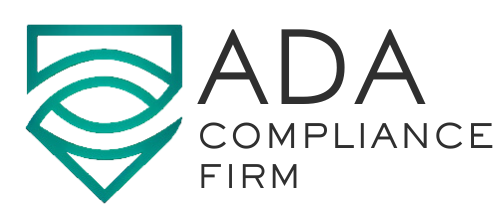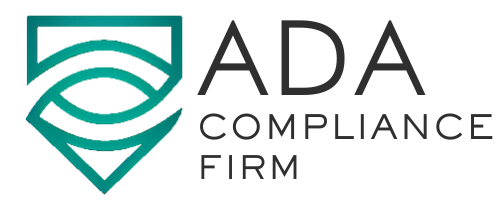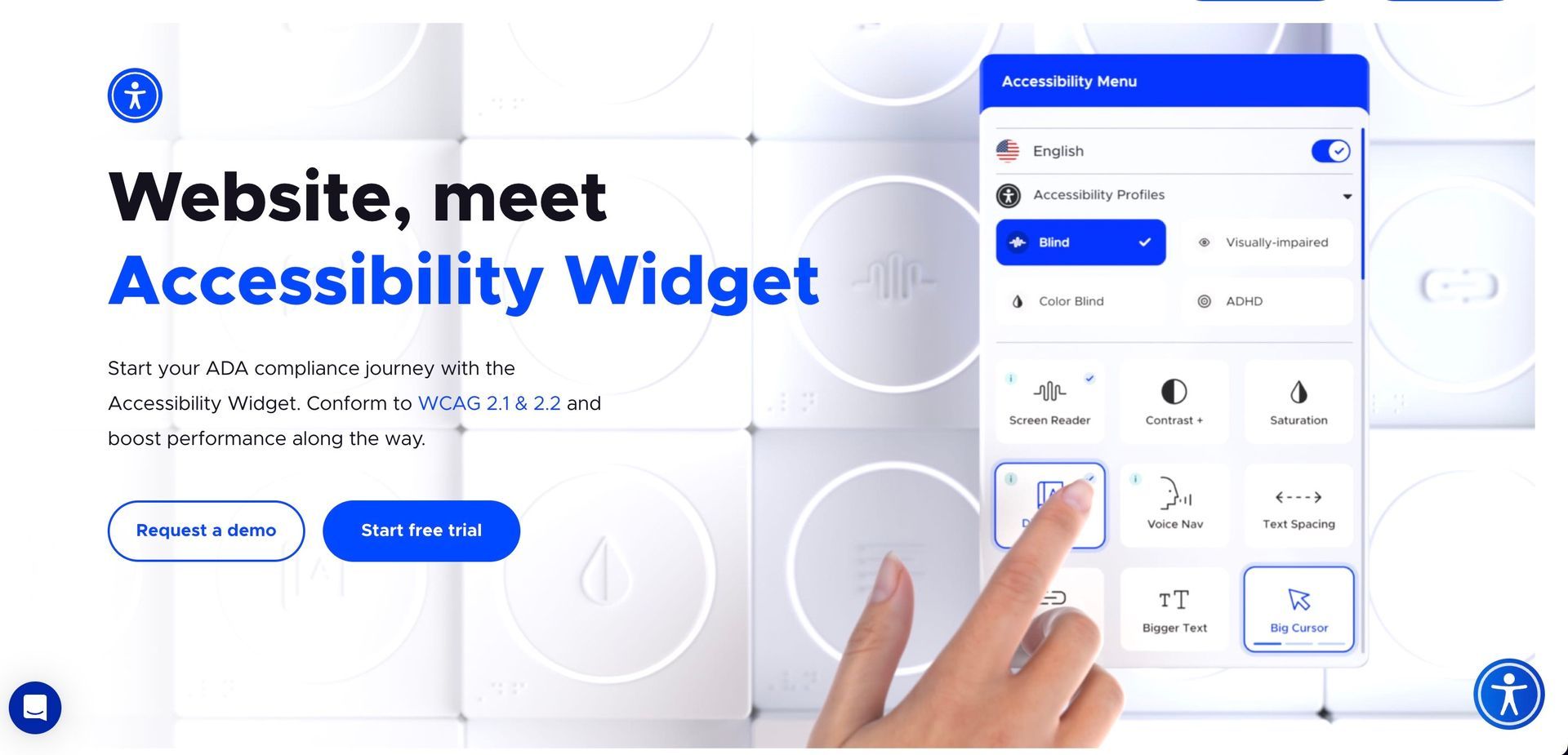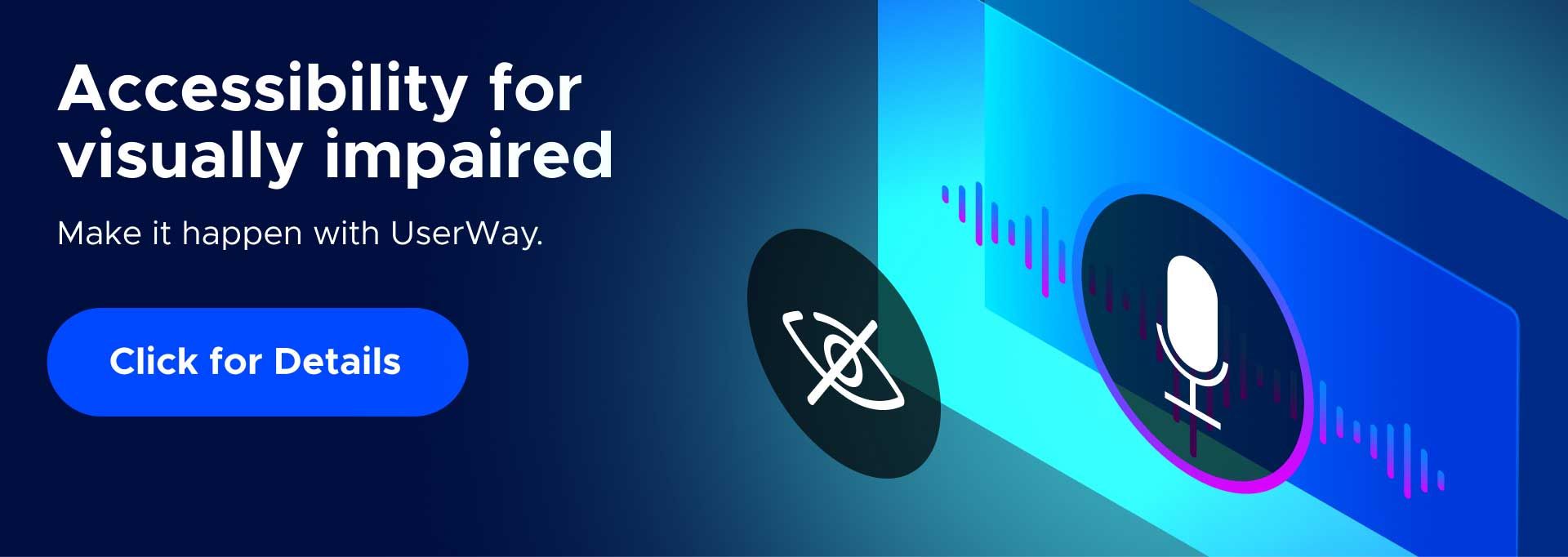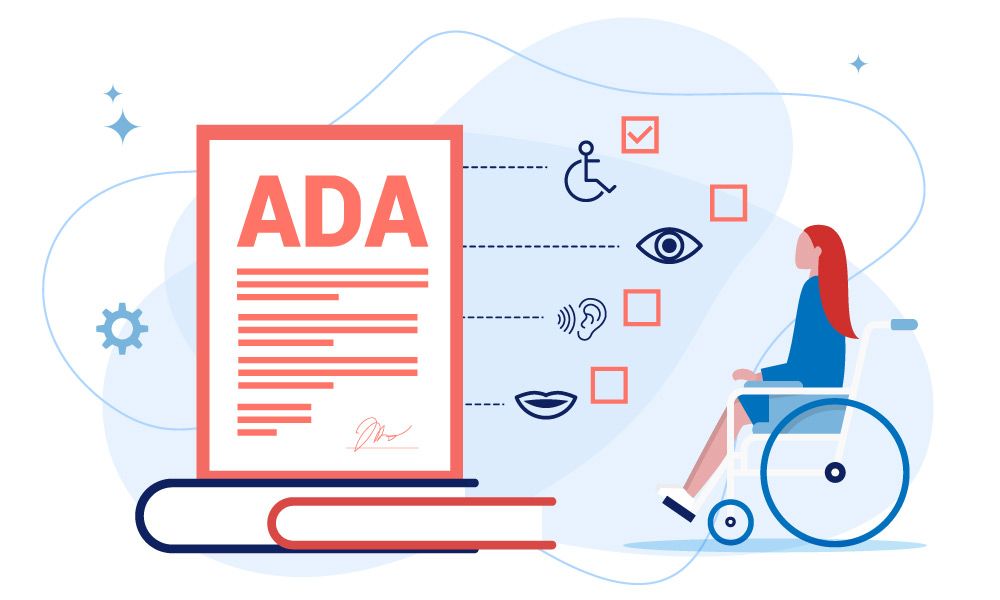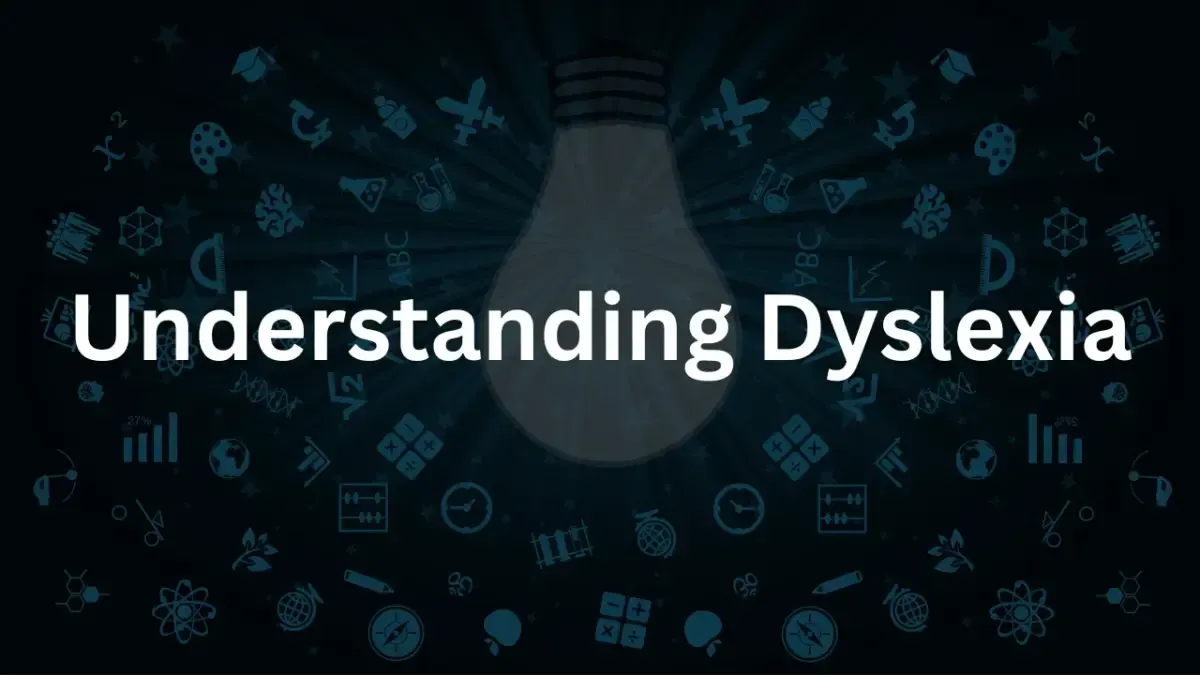Parental Guidance for Dyslexia: A Compass to Navigating Your Child’s Success
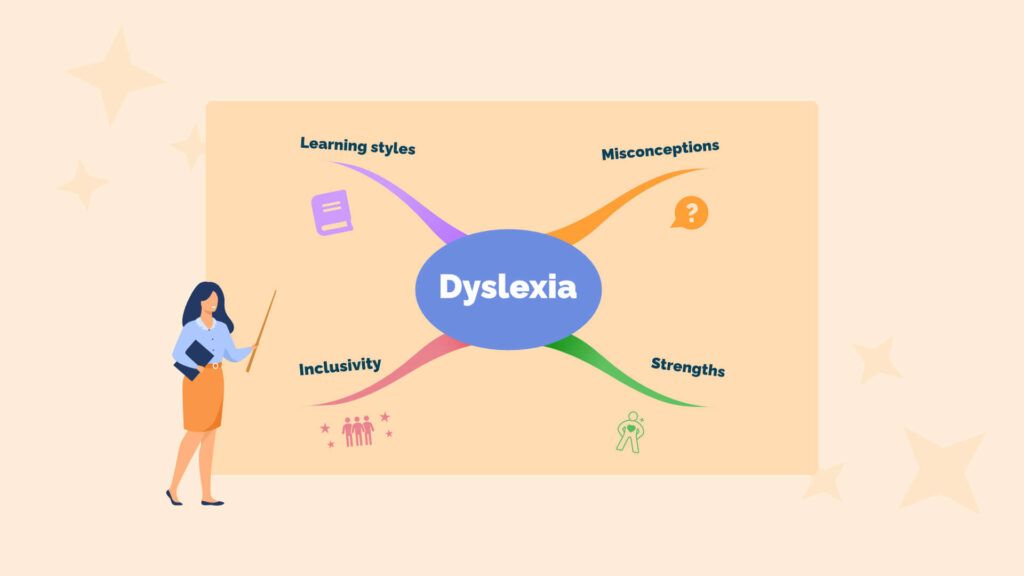
Dyslexia is no small hurdle for a child or their family to overcome, but with the proper support and understanding, it’s a challenge that can be met with tenacity and triumph. This extensive guide is crafted with parents of dyslexic children in mind, aiming to provide a comprehensive resource to not only understand dyslexia but to explore the actionable steps and support systems that can lead to your child’s success. From demystifying the diagnosis to diving into the nitty-gritty of Individualized Education Programs (IEPs), this post is the roadmap you need as a parent. Let’s embark on this empowering journey together.
Understanding Dyslexia: More than Just Reversed Letters
Breaking Down the Basics
Dyslexia is often mischaracterized as a simple reading problem or the confusion of letters and words, but its true complexity lies in how it processes language and text. It’s a learning difference that can manifest as difficulties with reading, spelling, and writing but can also affect other areas of learning, causing challenges with executive functioning and working memory.
Misconceptions about dyslexia still run rampant, and a crucial step for parental support is education. We have come to understand that it’s not a sign of low intelligence; in fact, dyslexia affects individuals across all levels of cognitive ability. It’s time to shatter the stereotypes and embrace a more nuanced understanding of this joint learning difference.
Early Detection Saves Futures
Recent developments in identifying dyslexia early on have been a game-changer. We now know that early intervention can dramatically improve outcomes for children with dyslexia. The push for teacher training and universal screening in schools has been championed in places like North Dakota, where initiatives have started with educators to ensure no child’s difficulty with reading goes unnoticed or unaddressed.
The path to thriving for your dyslexic child begins with awareness and acknowledgment. By recognizing the signs and advocating for appropriate assessment, you can ensure the support your child needs is not just a hope but a reality.
The Role of Schools and Educators in Dyslexia Support
A Collective Effort for Student Well-being
Dyslexia support doesn’t begin or end in the classroom. The school system, with educators at its core, plays a pivotal role in a dyslexic student’s journey. Events like the Information and Resource Conference at Balboa High School exemplify the commitment of educational institutions to equip teachers, staff, and parents with the knowledge and tools needed to support students with learning differences.
Legal Backing for Inclusive Education
Navigating the legal landscape of special education can be daunting, but it’s vital for ensuring your child’s educational rights are honored. Under federal law, students with dyslexia are entitled to a Free and Appropriate Public Education (FAPE). Engaging with the legal framework that supports special and gifted education, such as developing and reviewing Individualized Education Plans (IEPs), ensures that your child’s needs are met with the full force of the law behind them.
Navigating the IEP Process: Your Child’s Story, Individualized
The Alphabet Soup of IEPs
IEP—three little letters that are significant for a child with dyslexia. This legal document outlines the personalized plan for a student, catering to their unique educational requirements. But how do you, as a parent, navigate the development and execution of an IEP that genuinely serves your child?
Step-by-step guidance through the IEP journey clarifies processes like assessment, goal setting, and eligibility. Remember, you are your child’s fiercest advocate, and this document is a tool for their success.
The Power of Resources Beyond School Walls
Organizations like Learning Ally exist to bridge the gap between where struggling readers are and where they can be. Their audiobook library can provide a breakthrough for dyslexic children, offering materials at the appropriate reading level while accommodating their disability. As a parent, tapping into these external resources can significantly enhance the effectiveness of the support network your child experiences.
Educational Resources and Opportunities: Enriching the Learning Experience
Beyond the Basics: Enriched Learning Paths
For dyslexic children, access to a wide array of educational experiences is paramount. Programs like concurrent enrollment allow learning within a supportive environment and at the student’s pace. These alternative paths foster academic growth and encourage a love of learning, unencumbered by the traditional barriers of dyslexia.
Unleashing Potential in Twice-Exceptional Students
For children who are both gifted and dyslexic (“twice-exceptional”), the need for tailored educational opportunities is even more pronounced. These students often find themselves at the crossroads of infinite potential and unique challenges. Ensuring they have access to accelerated and enriched programs, like those available in Montgomery County, Maryland, can lead to realizing their extraordinary abilities.
Parental Involvement and Advocacy: Your Voice for Your Child
The Invaluable Partnership with Educators
Parent-teacher partnerships are the cornerstone of any child’s educational experience, particularly for a child with dyslexia. Engaging with schools at the highest levels through parental review committees and other avenues ensures your child’s needs are met and contributes to a more inclusive system for all students.
Speaking Loudly and Knowledgeably
The advocacy work of a parent has yet to be done. Armed with understanding and determination, you can speak loudly on behalf of your child, ensuring they receive every accommodation and support they are entitled to. From knowing the right questions to ask in an IEP meeting to understanding the available services and resources, your advocacy paves the way for your child’s success in the classroom.
Supporting Your Child at Home: The Comfort and Confidence of a Loving Environment
The Daily Support of Home
Home is the heart of a child’s learning environment, and for dyslexic children, it is the sanctuary where they should find comfort and confidence. Providing a supportive environment that reduces stress and distraction can be as crucial as any formalized support system. Simple strategies such as consistent routines and effective organization can significantly enhance the learning process for a child with dyslexia.
Technology: Your Ally in the Fight Against Reading Difficulties
Technological tools offer an array of solutions for dyslexic children. Whether it’s a more easily processed specialized font or a voice-to-text program that circumvents the decoding challenges of dyslexia, the right technology can open doors to learning that might otherwise remain closed.
Connecting with the Community: Strength in Numbers
The Power of Shared Experience
No one understands the fight for dyslexic success better than those in the trenches with you. Finding and connecting with other parents and support groups can offer immense value through shared knowledge and emotional support. The dyslexia community is rich with resources and people who can bolster your journey as a parent.
Resources and Support Systems
There are diverse avenues for connecting with the community and resources, from online forums to local meetups. Sharing stories, strategies, and successes can provide an invaluable sense of belonging and strength, knowing you are not alone in the challenges you face.
Conclusion: A Call to Action for Engaged Parenting
Celebrate the Wins, Prepare for the Challenges
The path of parental guidance for a dyslexic child is fraught with challenges, but it is also laden with opportunities for growth and resilience. Celebrate the small victories and use them as beacons to illuminate the way forward. Prepare for the challenges with information, support, and the unshakeable belief that your child’s future is not dictated by their dyslexia but by the support they receive in overcoming it.
Never Stop Advocating
The journey continues. It’s a continuous path of leaning in, educating, and advocating for your child. As you navigate the complexities of dyslexia, always remember the power of your voice and the impact of your actions. The potential to shape a brighter, more inclusive educational landscape for your child and countless others rests in your hands.
In conclusion, parental guidance for dyslexia is as much about navigating formal systems and programs as it is about creating a supportive, connected, and enriching environment for your child. By immersing yourself in the understanding of dyslexia, accessing the tools and resources available, and forging meaningful connections in your community, you become an architect of your child’s success. Your child’s journey with dyslexia is unique. Still, the support systems and strategies detailed in this post can serve as your compass, guiding you towards apparent horizons of achievement and empowerment. Embrace the journey, and watch your child thrive.
What can parents do to support dyslexia?
Parents can support their dyslexic child by ensuring they have access to appropriate educational resources and support, such as tutors or dyslexia-informed schooling programs. Parents can foster a stress-free learning environment at home, help organize structured and supportive routines, and utilize technology to assist with reading and writing challenges.
How do you parent a dyslexic child?
Parenting a dyslexic child involves patience, empathy, and informed advocacy. Encourage their strengths and interests while providing support for their challenges. Seek resources, such as specialized reading programs and assistive technologies, and maintain an open dialogue with educators to tailor learning strategies and accommodations that meet your child’s needs.
Does my child have dyslexia?
Identifying dyslexia involves looking for signs such as delayed speech development, difficulties in learning to read, issues with word retrieval, or spelling inconsistencies. If you suspect dyslexia, the first step is to seek a formal evaluation from a qualified professional, such as a psychologist specializing in learning disabilities, to get a comprehensive assessment and appropriate intervention plans.
Join our newsletter
Recent Blog Posts
